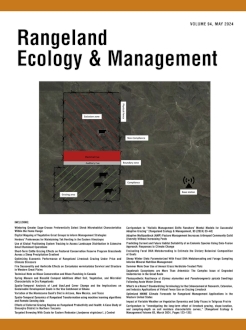Fritillaria imperialis L., an indicator plant species in Iran, is facing threats and its population has declined in recent years. To provide insights into the drivers affecting its loss, this research aims to identify the effects of three groups of factors, including climate, soil, and physiographic variables, on the current and future spatial distributions of F. imperialis. For this purpose, we used five machine learning algorithms as well as an ensemble forecasting of species distribution approach to explain the geographical distributions of the species as a function of these factors. In addition, we used two shared socio-economic pathways scenarios – SSP 1-2.6 and SSP 5-8.5 – to project the future distributions of F. imperialis in 2030, 2050, 2070, and 2090. Based on evaluation indices, area under the ROC curve (AUC) and true skill statistic (TSS), the Random Forest (RF) model generated the strongest prediction of the distribution of F. imperialis (TSS>0.9 and AUC>0.9). No significant difference observed among the three datasets (climate-only variables, climate + physiography variables, and climate + physiography + soil variables) in terms of AUC values. In models using climate + physiography + soil datasets, soil electrical conductivity, clay, and pH emerged as the most important variables affecting the growth and development of F. imperialis while climate factors played a lesser role in its distribution. Future projections revealed different patterns when using the optimistic (SSP 1-2.6) and pessimistic (SSP 5-8.5) socio-economic pathway scenarios and either the climate only or climate + physiography models. The climate + physiography + soil model produced similar prediction patterns for the scenarios. The climate-only models predicted larger areas suitable for crown imperial in the future than did the climate + physiography + soil model. These results emphasize the consideration of factors beyond climate scenarios when modeling biological responses to global warming and regional climate change.
BioOne.org will be down briefly for maintenance on 12 February 2025 between 18:00-21:00 Pacific Time US. We apologize for any inconvenience.
How to translate text using browser tools
17 May 2024
Predicting Current and Future Habitat Suitability of an Endemic Species Using Data-Fusion Approach: Responses to Climate Change
Atiyeh Amindin,
Hamid Reza Pourghasemi,
Roja Safaeian,
Soroor Rahmanian,
John P. Tiefenbacher,
Babak Naimi
ACCESS THE FULL ARTICLE

Rangeland Ecology and Management
Vol. 94 • No. 1
May 2024
Vol. 94 • No. 1
May 2024
climate change
Fritillaria imperialis
machine learning
Niche dynamic
species distribution models




